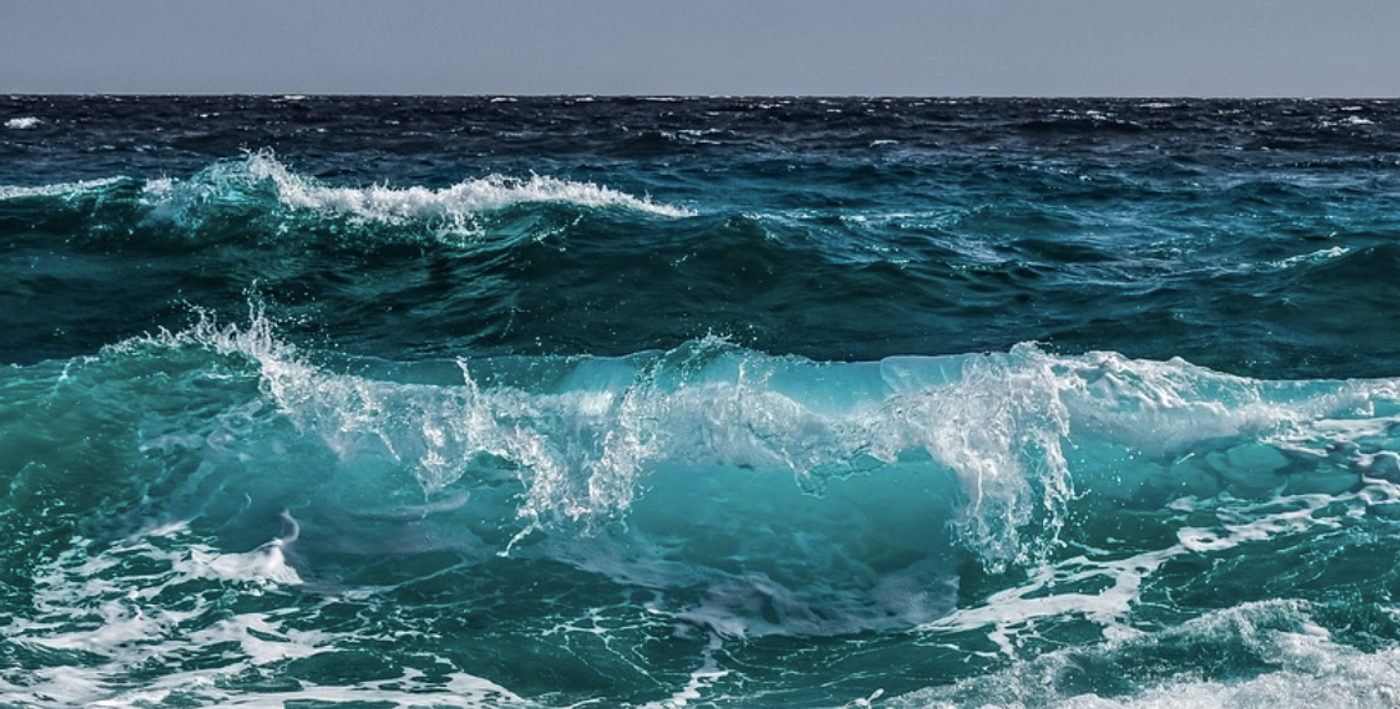Ocean Waves are Getting Stronger as the Planet Warms
Most people who have swum in the ocean know that waves are nothing to trifle with, and some pack enormous power. The relentless pounding of waves on shores can cause erosion, and the movement of ocean water even generates seismic waves on the ocean floor. This seismic activity can be detected with seismographs, which are also used to analyze earthquakes.
New research reported in Nature Communications has shown that seismic waves on the ocean floor have been getting stronger in recent decades. The study has suggested that seas are getting stronger and stormier. These changes have occurred while the planet is also getting warmer.
This study focused on the generation of one type of ocean seismic wave, or the primary microseism process. This seismic activity is caused by ocean waves that push and pull on the seafloor directly as they are moving. As depth increases, the motion of water in waves drops rapidly, so the primary microseism process tends to happen in ocean water depths that are less than about 1,000 feet (300 meters). The primary microseism signal appears as a steady hum in seismic data, with a period that is between 14 and 20 seconds.
The primary microseism intensity was analyzed going back to the 1980s with data from 52 seismograph sites around the world that have been recording continuously for a long time. The researchers determined that there were significant and progressive increases at 79 percent of these stations over the past few decades. The average height of ocean waves around the world was increasing at a rate of about 0.27 percent per year prior to the year 2000. After that, median ocean wave height began to increase by 0.35 percent per year.
Although the Southern Ocean had the highest microseism energy, waves in the North Atlantic were found to have intensified fastest in recent years compared to historical levels. Seasonal changes in storms were also reflected in the data, along with wave dampening due to ice cover in the Antarctic, and the impact of El Niño and La Niña cycles on the oceans and their storms.
The data has suggested that storms and waves are getting more intense in a warming world. The oceans are also getting a lot warmer, with an estimated 90 percent of the heat that's been generated by increased greenhouse gases being absorbed by the oceans.
The researchers noted that it's more important than ever to mitigate the impacts of climate change by reducing greenhouse gas levels, and to develop strategies to protect coastal communities and the natural habitats they contain.
Sources: Phys.org via The Conversation, Nature Communications









